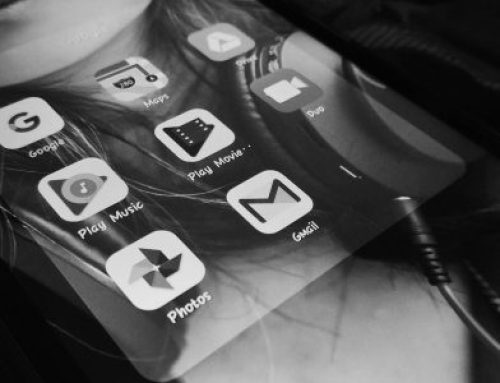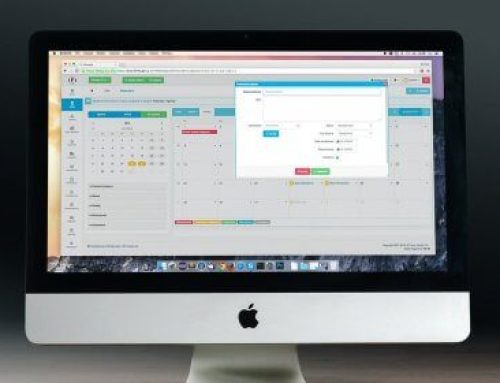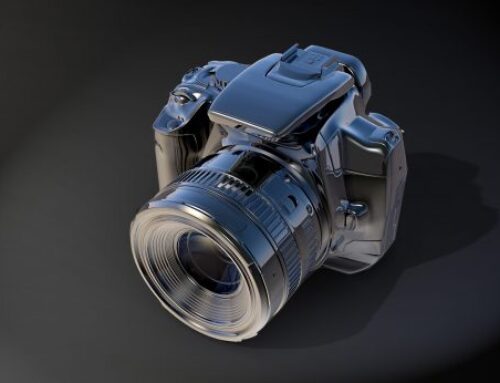Was der Unterschied zwischen CGI und Animation ist.
Wenn die Leute das Wort „Animation“ hören, werden sie wahrscheinlich an hochpreisige Hollywood-Kreationen mit hochwertiger Grafik denken, was auch stark mit dem Begriff „CGI“ verbunden ist. Die Unterschiede zwischen den beiden sind jedoch recht drastisch und die Kluft wird größer, wenn man die technischen Definitionen der beiden untersucht.

Animation bedeutete ursprünglich eine Abfolge von handgezeichneten Zellen, die in der Reihenfolge gespielt wurden, die jeweils liebevoll skizziert oder rotoskopisch dargestellt wurden, um eine flüssige Bewegung mit einem (meist) stilisierten Aussehen zu erzeugen. In den letzten Jahren hat sich die informelle Definition geändert, um jede Animation zu verstehen, die nicht fotorealistisch oder in Film-Studio-Qualität ist, Es geht nicht mehr um die verwendete Technik, sondern um die Qualität und das Aussehen der fertigen Sequenz.
CGI hingegen bedeutete zunächst „Grafiken, die in Live-Action-Szenen eingefügt wurden“ – es war eine Möglichkeit für Regisseure, Modelle durch computergenerierte Grafiken zu ersetzen, die ihren Firmen etwas mehr Spielraum und Größe verleihen konnten. Wie bei der Animation wurde die Definition so verdreht, dass der größte Teil oder das gesamte Projekt in einer Computeranimationssoftware dargestellt wurde. Dies wird in vielen Medien, darunter Online Video, Social Media und TV-Werbung, immer mehr zur Norm.
Beispiele für animierte TV-Werbung:
- 02 für England Rugby – Tragen Sie die Rose, Machen Sie sie zu Riesen.
- Lyft – Juni: Das Leben ist besser, wenn man die Fahrt teilt.
- Cadbury – Screme Ei Last Stand.
Beispiele für TV-Werbung mit CGI:
- Audi Weihnachtsanzeige – Kevin die Karotte.
- Tombola Bingo – „I`m a celebrity, hol mich hier raus“-Sponsoring.
- Asda Weihnachtsanzeige – Das Imaginarium.
Mit ihren eigenen Vor- und Nachteilen kann jeder Stil die Qualität eines Endprodukts vollständig verändern:
Animation:
- Kann von Hand auf einem Computer oder einer Kombination aus beidem durchgeführt werden.
- Benötigt keine spezielle Software, um die Frames außer Skill zu erstellen, kann aber auch spezielle Software beinhalten, um die fertigen Teile noch besser zu machen.
- In der Regel lässt sich jeder Kunststil anpassen und kann sogar aus einer kleinen Anzahl von Standbildern erstellt werden.
- Assets können wiederverwendet werden – ein Bild einer Figur kann rotoskopisch dargestellt oder in einen beliebigen Rahmen eingefügt werden.
- Kann bei der Einstellung von Künstlern und beim Kauf von Tools viel günstiger sein als CGI.
- Wenn eine Animation handgezeichnet ist (oder zumindestens aussieht), kann sie ein Publikum ansprechen, das sonst nichts wirklich ansprechen kann.
- Die Produktion der Animation dauert viel länger, insbesondere wenn bestehende Frames und Zellen nicht wiederverwendet werden können.
- Alle Fehler werden viel krasser sein, auch wenn sie am Computer gezeichnet werden, da es kein einheitliches „Modell“ gibt.
CGI.
- Sieht viel besser aus als herkömmliche Animationen und hat einen viel größeren Umfang.
- 3D-Assets können projektübergreifend ohne künstlerische Probleme wiederverwendet werden.
- Sieht in den meisten Fällen viel teurer und hochwertiger aus.
- Erfordert nur, dass ein Modell einmal erstellt wird, bevor es animiert werden kann, um im Wesentlichen alles zu tun.
- Fehler können leicht korrigiert werden, indem man zurückkehrt und das Material neu rendert.
- Braucht viel mehr digitalen Speicherplatz.
- Fast immer teurer in der Herstellung.
- Benötigt spezielle Tools und Fähigkeiten, um zu produzieren.
- Es kann Monate oder sogar Jahre dauern, bis lange Projekte abgeschlossen sind.
Vielen Dank für Ihren Besuch.


